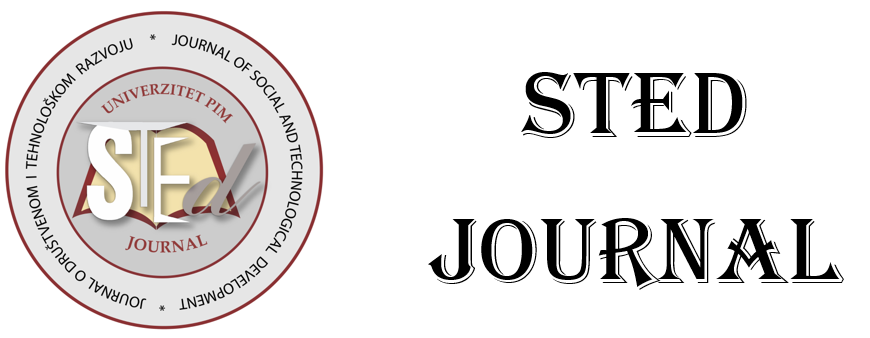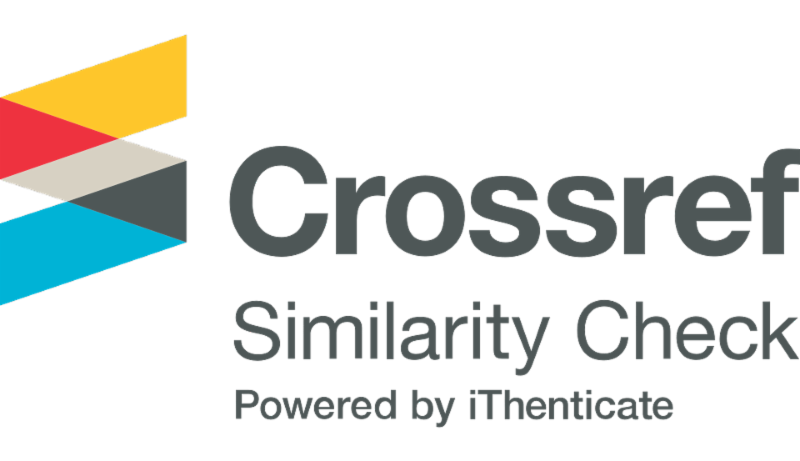Current issue

Volume 7, Issue 2, 2025
Online ISSN: 2637-2614
ISSN: 2637-2150
Volume 7 , Issue 2, (2025)
Published: 28.11.2025.
Open Access
All issues
Contents
29.05.2023.
Original scientific paper
THE INTERACTION OF FAMILY AFFECTIVE ATTACHMENT AND PASSIVE DEPENDENCE IN PARTNER RELATIONSHIPS
The paper has the main goal to determine whether there is a statistically significant connection between early created affective relationship between parents and children and later partner relationships. The research was conducted on a sample of 136 respondents, 75 women and 61 men. The following questionnaires were used in this research: a structured questionnaire for sociodemographic and family data (gender, education, marital status, completeness of the family, family functionality, upbringing, alcoholism in the family during childhood and psychiatric diseases), a questionnaire about family affective attachment and the scale of passive dependence in partner relationships. The data were collected via social networks. The research results confirmed tre expected frequency distribution of the four patterns of affective attachment in our sample. Also, it was shown that respondents of different patterns of family affective attachment discriminate in the level of passive dependence in partner relationships. According to the data obtained through statistical processing, respondents with an occupied attachment pattern achieve the highest scores on the Questionnaire of Passive Dependence in Partner Relationships, while securely attached respondents achieve the lowest scores. Although insecurely attached subjects achieved higher scores on the mentioned questionnaire than securely attached subjects, this difference was not statistically significant, and that is why our third hypothesis was rejected.
Tijana Bogdanić, Snežana Samardžić










